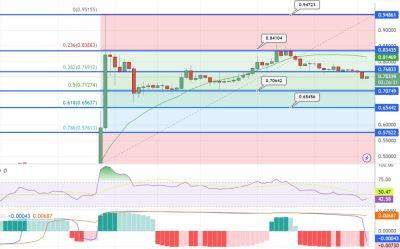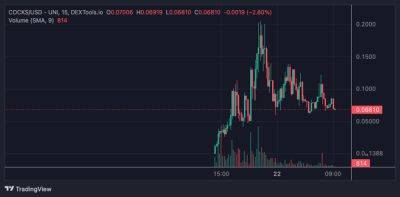BRICS: History, objectives and an overview of the global alliance
BRICS is an acronym that represents an alliance of five major emerging economies: Brazil, Russia, India, China and South Africa. Jim O’Neill, an economist at Goldman Sachs, coined the phrase in 2001 to emphasize the combined potential of these countries in the global economy.
BRICS is an informal alliance that strives to foster collaboration and communication among its member nations rather than a formal organization or alliance with a legally binding contract. Here’s an overview of the history, objectives and key aspects of the BRICS alliance:
O’Neill published a research paper titled “Building Better Global Economic BRICs,” which laid the foundation of BRICS. Due to their quick economic growth, massive populations and vast resources, O’Neill saw Brazil, Russia, India, China and South Africa as 21st-century economic powerhouses.
Related: How does the economy work?
Cooperation, development, and influence in world affairs are at the heart of the BRICS goals. The following are a few of the main BRICS goals:
The key aspects of BRICS encompass various dimensions that characterize the cooperation and influence of the group.
The BRICS countries account for a considerable share of the global population, landmass and gross domestic product. They are significant rising economies with enormous potential for economic expansion.
The BRICS group provides a forum for ongoing communication and collaboration among its members. It offers a platform for decision-makers to have conversations, share ideas and collaborate on projects.
The BRICS initiative seeks to increase trade and economic cooperation among its member nations. Initiatives, such as the BRICS Business Council, are used to attract investment, lower trade barriers and develop
Read more on cointelegraph.com






















